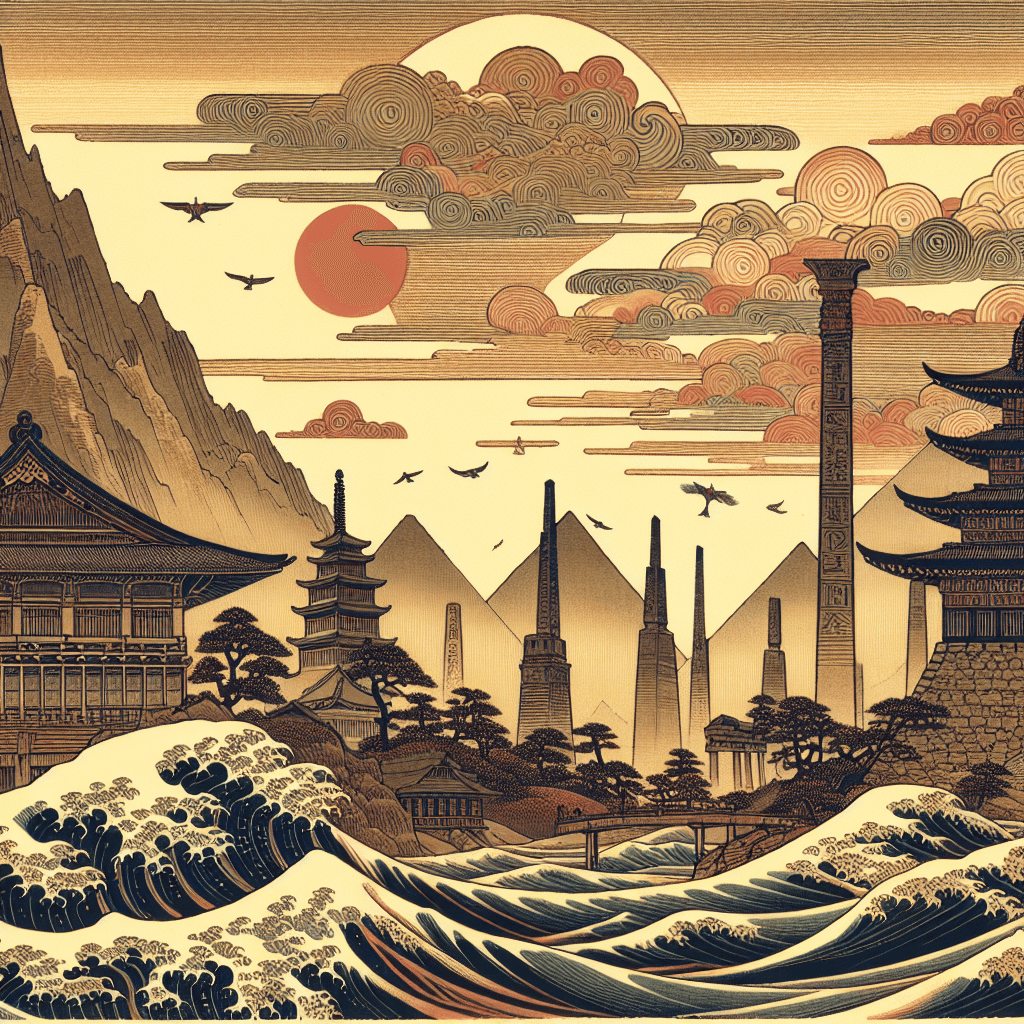

syndu | Oct. 4, 2023, 12:32 a.m.

The Middle Kingdom of Egypt, spanning from 2050 BC to 1710 BC, is often considered a high point in the development of culture, art, and literature in ancient Egypt. This period saw significant advancements and achievements that left a lasting impact on Egyptian society and beyond.
Often referred to as the "Classical Age" of Egyptian literature, the Middle Kingdom saw the creation of many famous works, including the "Tale of Sinuhe", the "Tale of the Eloquent Peasant", and the "Instructions of Amenemhat". These works, often written in the form of narratives, teachings, and dialogues, explored themes such as morality, justice, and the human condition.
The literature of the Middle Kingdom was characterized by its high level of sophistication and complexity. The language used was more refined and expressive than in previous periods, and the narratives were often more complex and nuanced. This period also saw the development of new literary forms, such as the sebayt (a form of didactic literature) and the rhapsody.
The Middle Kingdom is known for its realism and attention to detail in art. There was a shift away from the idealized representations of the Old Kingdom, towards more realistic depictions of the world. This can be seen in the portrayal of animals, plants, and even humans, which were often depicted in a more naturalistic and detailed manner.
The Middle Kingdom also saw significant developments in sculpture, with a move towards more dynamic and expressive forms. This can be seen in the statues of pharaohs and other high-ranking individuals, which often depicted them in a more active and dynamic pose than in previous periods.
The literature and art of the Middle Kingdom had a profound impact on Egyptian society. They played a key role in shaping the cultural and intellectual life of the period, and they continue to be studied and admired today for their sophistication and beauty.
The literature of the Middle Kingdom, in particular, played a key role in shaping the moral and philosophical outlook of the period. The "Instructions of Amenemhat", for example, is often seen as a key text in the development of Egyptian moral philosophy.
The art of the Middle Kingdom, meanwhile, set new standards in realism and expressiveness, which would influence Egyptian art for centuries to come. The detailed and naturalistic depictions of the world found in Middle Kingdom art are often seen as a reflection of the period's increased interest in the natural world and the human condition.
In conclusion, the literature and art of the Middle Kingdom represent a high point in the cultural and intellectual life of ancient Egypt. Their development, significance, and impact continue to be felt today, both in our understanding of ancient Egypt and in the broader history of literature and art.